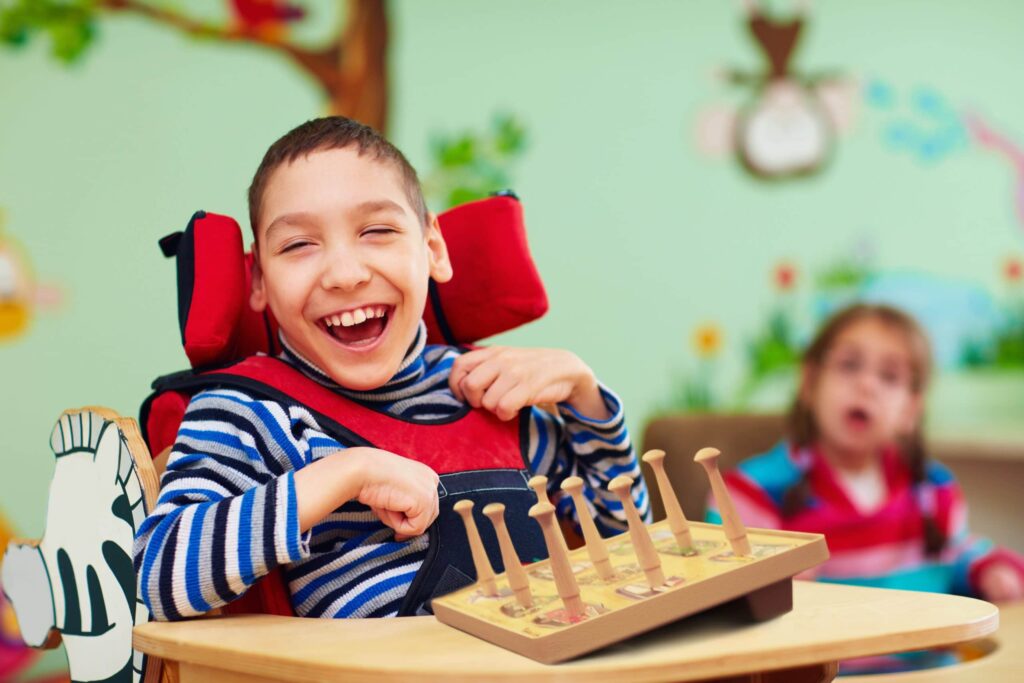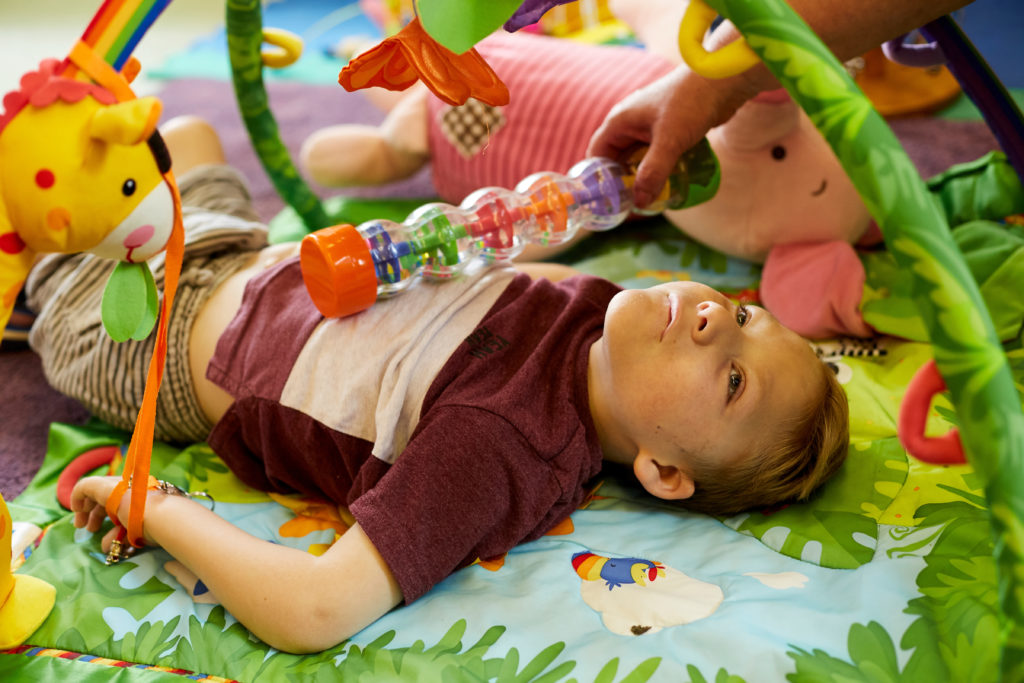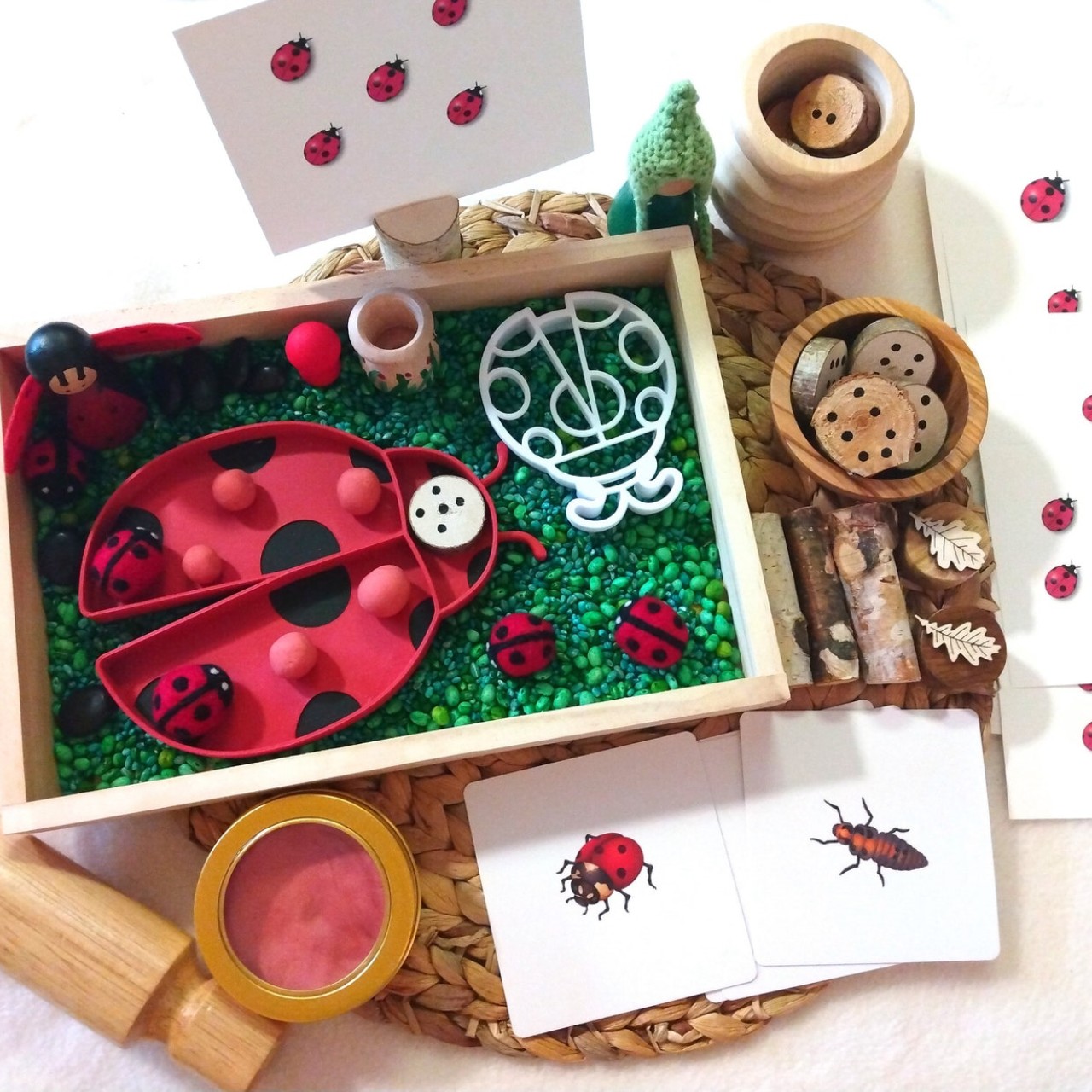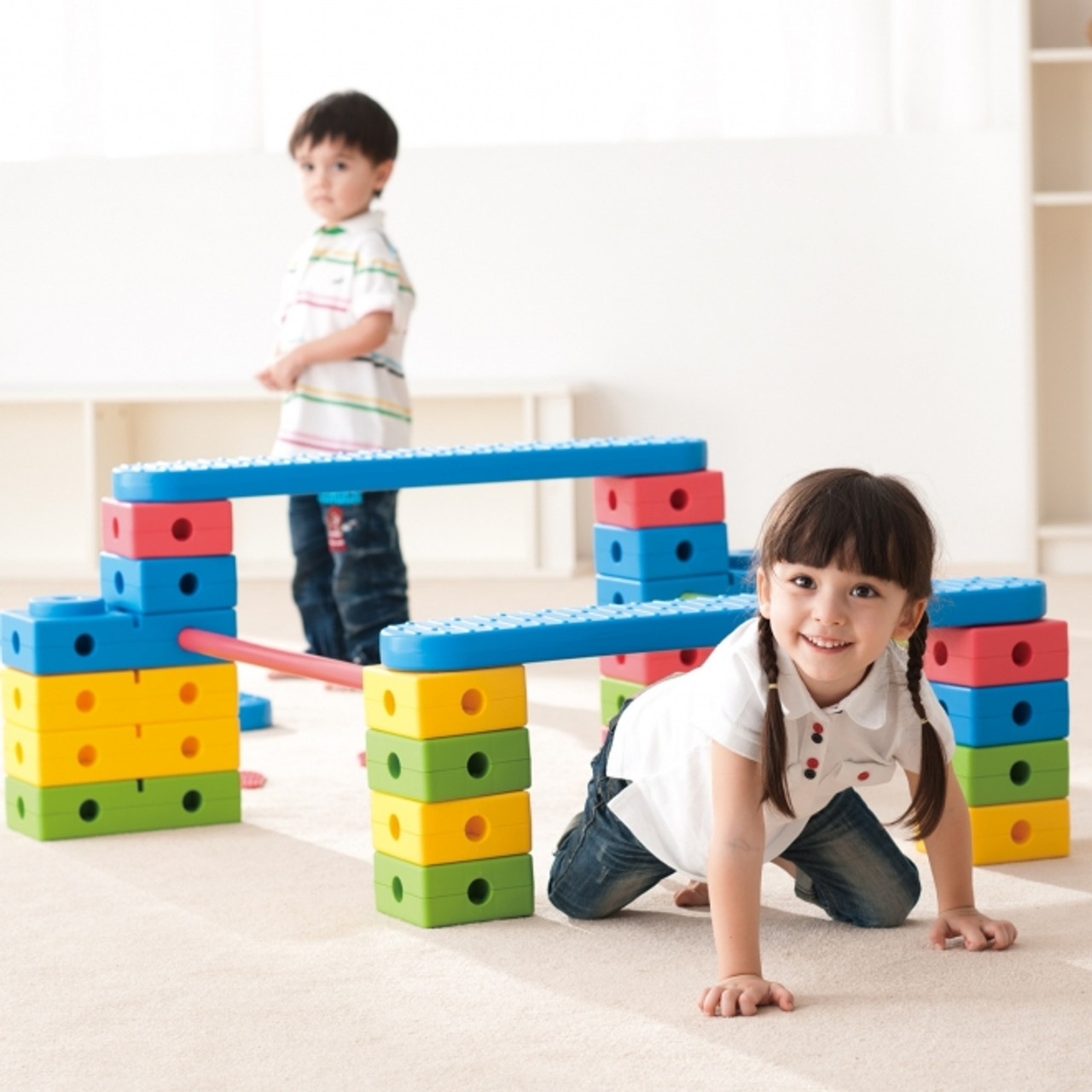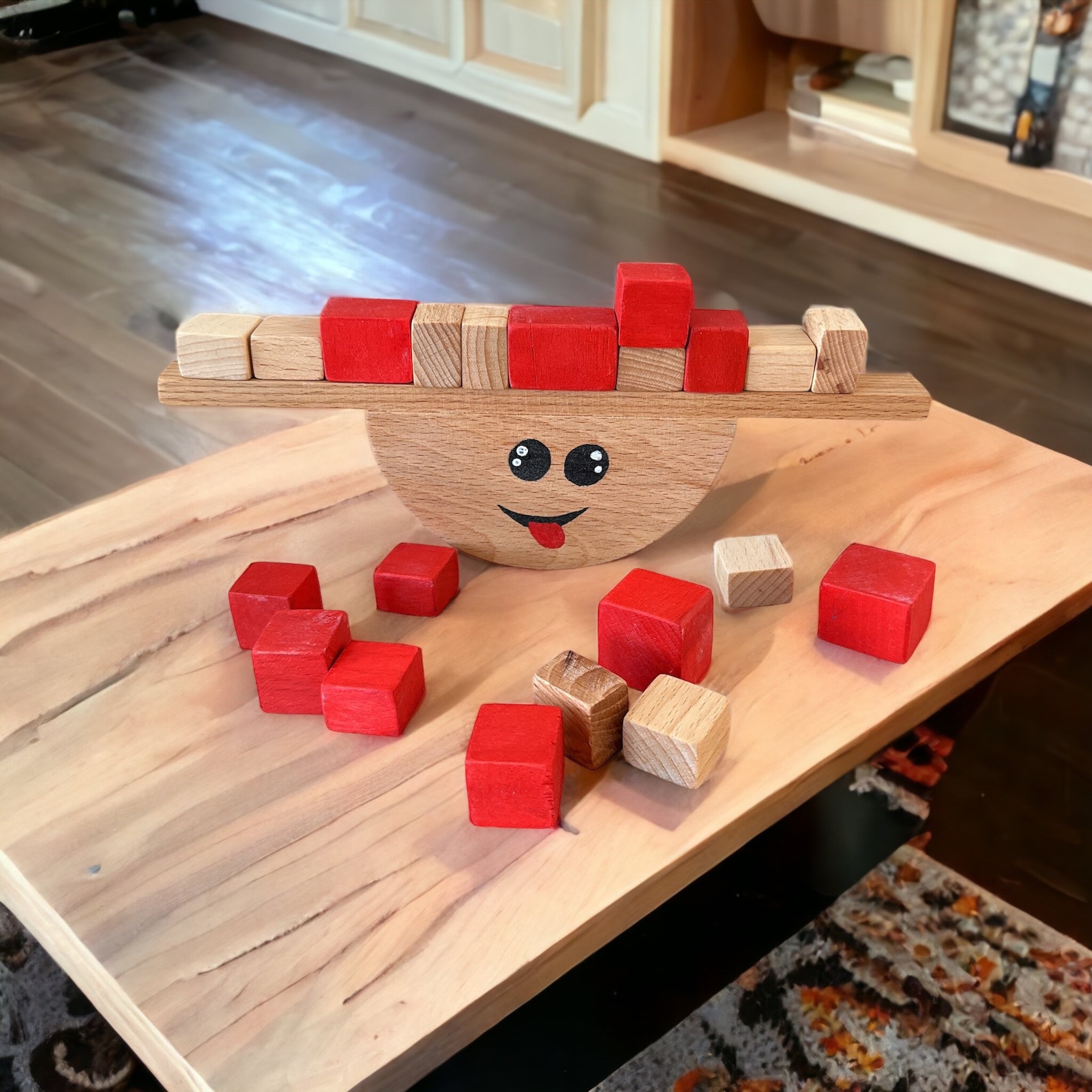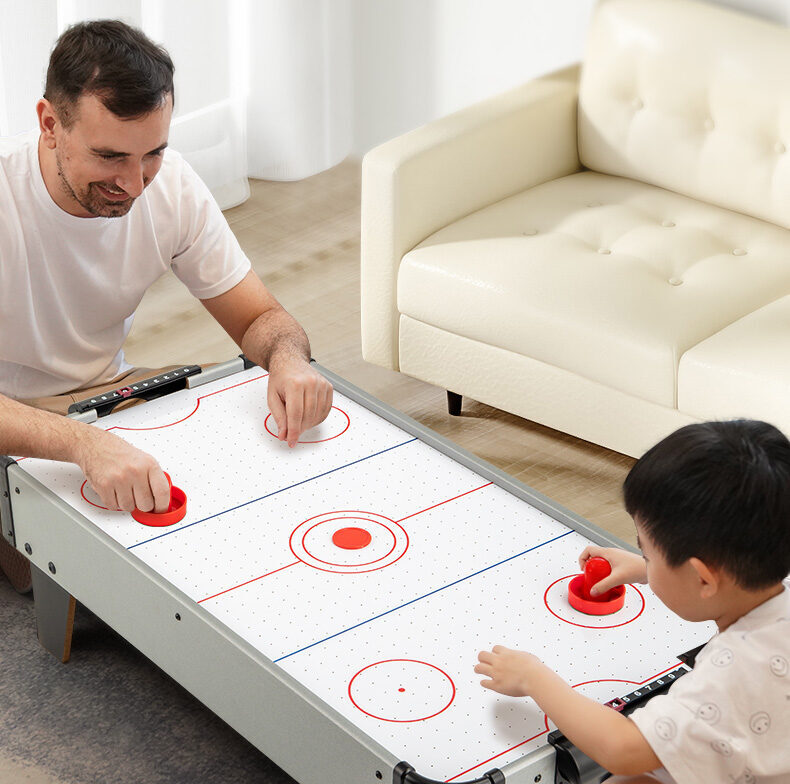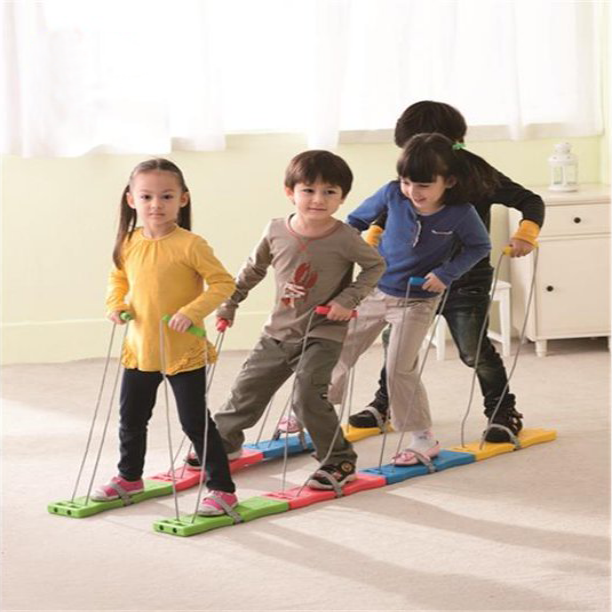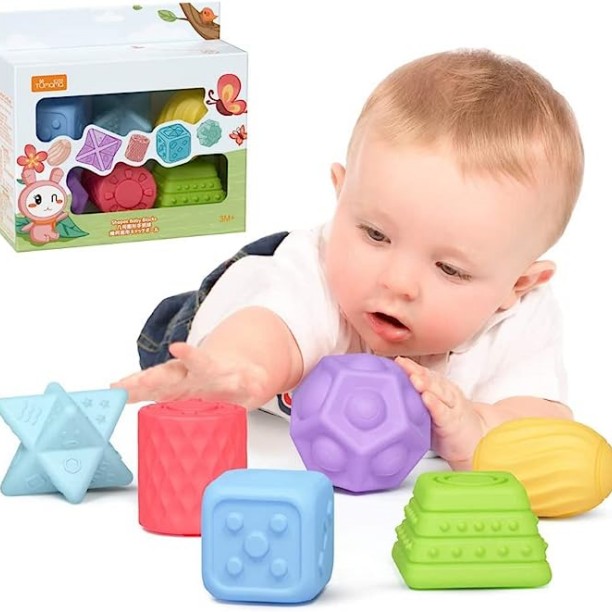Sensory Integration Toys
Wholesale Sensory Integration Toys manufacturers in china ·
Startinal is a leading manufacturer and wholesaler of sensory integration toys based in China. With a strong commitment to quality and innovation, they specialize in producing a wide range of toys designed to enhance sensory development and promote therapeutic benefits. Their extensive product line includes sensory balls, tactile toys, sensory swings, weighted blankets, and more. Startinal is known for their excellent craftsmanship, adherence to safety standards, and competitive pricing. They have established a strong reputation in the industry and are dedicated to providing high-quality sensory integration toys that meet the needs of both children and adults worldwide.
best Sensory Integration Toys for special needs
Sensory Integration Toys stores online
Search Product
- No products in the list
Showing all 5 results
-
Rated 0 out of 5
..
-
Rated 0 out of 5
Kids Coordinationexercise Set Balance Stepping Stones
Start Your Sensory Integration Toys Business
Start your sensory integration toys business by conducting market research, creating a comprehensive business plan, sourcing high-quality products, building a strong brand and online presence, implementing effective marketing strategies, and providing exceptional customer service. Stay adaptable, persistent, and focused on success in the growing sensory integration toys market.
Custom Sensory Integration Toys
Offering personalized custom sensory integration toys service tailored to your needs. Collaborate with you on design, material selection, and sensory features. Develop prototypes, ensure quality control, and provide a seamless production process. Deliver unique and engaging sensory toys that cater to individual preferences and therapeutic needs.
Cheap Sensory Integration Toys
Discover affordable sensory integration toys without compromising quality. Explore budget-friendly retailers, online marketplaces, or wholesale suppliers for discounted options. Consider purchasing in bulk for potential cost savings. Additionally, explore DIY options to create your own cost-effective sensory integration toys.
Free Sensory Integration Toys Samples
While it may be challenging to find completely free sensory integration toy samples, some manufacturers or suppliers may offer sample programs where you can request samples for a nominal fee or discounted price. Reach out to different companies, inquire about sample availability, and explore any promotional offers they may have.
Our Classes
sensory toys by age
newborn sensory toys
sensory toys for infants
sensory toys for preschoolers
sensory toys for early years
sensory toys for teens
Our Classes
types of sensory toys
Our Classes
Selected sensory products
sensory balls
sensory sticks
sensory boards
chewy sensory toys
sensory ring
sensory fidget toys
vibrating sensory toys
spinning sensory toys
sensory gifts
sensory toy pack
Our Classes
Popular Sensory Solutions
-
Sale Children Catch Ball cups Toys Set Plastic Cup Ball Toss Game
Rated 0 out of 5 -
..
Rated 0 out of 5 -
Kids Coordinationexercise Set Balance Stepping Stones
Rated 0 out of 5 -
Kids teamwork educational plastic sensory training balance toy stepping stone for kids
Rated 0 out of 5
Choose according to your environment
- Workplace
- School
- Therapist
I’m an adult on the autism spectrum….
When I put the vest on, it feels like I’m getting the best hug ever.
Smith
Customer
-
View More
Rated 0 out of 5
Kids Coordinationexercise Set Balance Stepping Stones
-
View More
Rated 0 out of 5
Kids Coordinationexercise Set Balance Stepping Stones
The Chillspa and Action Rooms are helping our students with self regulation, which then carries over into the classroom learning.
Beverly Bernstein
OROT Educational Director
We always have a great experience with Fun and Function and refer parents to your site. Most of all, we love your weighted compression vest since we see the biggest change when kids wear it.
Melinda Lunn, OTR/L
Cross Therapy Services, Fayetteville, AK
Sensory Integration Toys: The Ultimate Guide
WHAT ARE SOME SENSORY INTEGRATION ACTIVITIES?·
There are numerous sensory integration activities that can help promote sensory development and integration. Here are a few examples:
1. Sensory bins: Create themed bins filled with different materials like rice, sand, or water, along with various objects for tactile exploration.
2. Sensory walks: Set up an obstacle course or a designated path with different textures, surfaces, and sensory stimuli to engage the senses while walking or crawling.
3. Swings and hammocks: Use swings or hammocks to provide vestibular input and promote balance and coordination.
4. Sensory art and crafts: Engage in activities such as finger painting, clay molding, or sensory collage making to explore different textures and materials.
5. Calming sensory activities: Use sensory tools like weighted blankets, fidget toys, or sensory bottles to provide calming input and support relaxation.
6. Music and movement: Engage in music and movement activities like dancing, playing musical instruments, or singing to stimulate auditory and proprioceptive senses.
7. Sensory storytelling: Incorporate sensory elements like scents, textures, and sounds into storytelling to enhance the sensory experience.
8. Sensory exploration outdoors: Encourage outdoor activities like nature walks, gardening, or exploring natural elements like sand, water, or grass to engage multiple senses.
Remember, each individual’s sensory needs may vary, so it’s important to tailor activities to suit their preferences and sensitivities.
WHAT ARE SENSORY FRIENDLY TOYS?
Sensory-friendly toys are specifically designed to accommodate and support individuals with sensory sensitivities or sensory processing disorders. These toys are created with the aim of providing a comfortable and enjoyable sensory experience. Here are some characteristics of sensory-friendly toys:
1. Soft and non-abrasive materials: Sensory-friendly toys are often made from soft, gentle, and non-irritating materials that minimize any discomfort on the skin or sensory sensitivities.
2. Tactile variety: They offer a range of tactile experiences, including different textures, fabrics, or surfaces to cater to individual preferences.
3. Calming features: Some sensory-friendly toys may include calming features such as soothing lights, gentle vibrations, or relaxing sounds to promote relaxation and stress reduction.
4. Size and weight considerations: These toys are typically designed with consideration for ease of handling, providing a comfortable grip, and being lightweight for individuals with fine motor challenges.
5. Sensory input control: Sensory-friendly toys may allow for adjustable sensory input, such as volume control or adjustable vibrations, to accommodate individual sensitivities and preferences.
6. Versatility: These toys often offer multiple sensory experiences or activities in one, allowing users to engage with different senses or explore various features at their own pace.
Sensory-friendly toys aim to create a positive and inclusive play experience for individuals who may have sensory challenges, promoting engagement, comfort, and enjoyment while respecting their unique sensory needs.
WHAT ARE THE 3 LEVELS OF SENSORY INTEGRATION?
The concept of “three levels of sensory integration” refers to the framework proposed by occupational therapist and psychologist A. Jean Ayres, who developed the theory of sensory integration. These levels are as follows:
1. Registration: This level involves the initial processing of sensory information. It refers to the ability to detect and notice sensory stimuli, such as sights, sounds, touch, taste, and smell. People at this level may have difficulty noticing or attending to sensory input, leading to underresponsiveness or sensory-seeking behaviors.
2. Modulation: Modulation refers to the ability to regulate and organize sensory information. It involves filtering and prioritizing sensory input, allowing an individual to appropriately respond to stimuli. Challenges in modulation may result in overresponsiveness (hypersensitivity) or underresponsiveness (hyposensitivity) to certain sensory stimuli.
3. Discrimination: Discrimination is the ability to differentiate and interpret sensory information accurately. It involves distinguishing between similar stimuli, recognizing patterns, and understanding subtle differences in sensory input. Difficulties in discrimination can affect tasks like recognizing shapes, textures, or sounds.
Understanding these levels can help in assessing and addressing sensory integration challenges, guiding interventions, and promoting optimal sensory processing and integration in individuals. It’s important to note that sensory integration is a complex and individualized process, and individuals may present with unique patterns and combinations of sensory processing abilities.
IS SENSORY INTEGRATION A FORM OF AUTISM?
Sensory integration is not a form of autism. However, sensory processing issues are commonly observed in individuals with autism spectrum disorder (ASD). Sensory processing refers to how the brain receives, interprets, and responds to sensory stimuli from the environment. Sensory integration therapy, also known as sensory integration intervention, is an approach that aims to address sensory processing difficulties.
Many individuals with autism may experience sensory sensitivities or difficulties in processing sensory information. This can manifest as overresponsiveness (hypersensitivity) or underresponsiveness (hyposensitivity) to sensory stimuli such as sounds, textures, lights, or smells. Sensory integration therapy focuses on helping individuals with autism better process and integrate sensory input, improving their ability to function and engage with the environment.
It’s important to note that while sensory processing difficulties are common in autism, not all individuals with autism have significant sensory issues. Additionally, sensory integration therapy is just one of many interventions used to support individuals with autism and may not be suitable or necessary for everyone. Each person with autism is unique, and interventions should be tailored to their specific needs and strengths.
HOW DO I KNOW IF MY CHILD HAS SENSORY PROCESSING DISORDER?
Identifying sensory processing difficulties in a child can be complex, and it’s best to consult with a qualified healthcare professional or an occupational therapist who specializes in sensory integration. However, here are some signs that may indicate sensory processing disorder (SPD) in children:
1. Over- or under-sensitivity to sensory stimuli: The child may show extreme reactions to certain sensory input, such as being hypersensitive to certain sounds, textures, smells, or lights, or being hyposensitive and seeking intense sensory input.
2. Behavioral responses: They may exhibit strong behavioral responses to sensory input, such as covering their ears, avoiding certain textures or activities, or seeking out sensory experiences excessively.
3. Difficulties with transitions: Children with SPD may struggle with transitions between activities or environments due to sensory overload or sensitivity to changes in sensory input.
4. Poor coordination and motor skills: Difficulties with motor coordination, balance, or fine motor skills can be associated with sensory processing challenges.
5. Sensory seeking or avoiding behaviors: They may engage in repetitive or self-stimulatory behaviors to seek or avoid specific sensory input, such as rocking, spinning, or flapping hands.
6. Challenges with self-regulation: Children with SPD may have difficulty self-regulating their emotions, attention, or activity level, leading to impulsivity or difficulty focusing.
7. Impact on daily functioning: Sensory processing difficulties can affect various areas of daily life, including self-care tasks, social interactions, school performance, and participation in recreational activities.
Remember, these signs alone do not provide a definitive diagnosis of SPD. It’s important to consult with professionals who can conduct a comprehensive evaluation and assessment to determine if your child has sensory processing difficulties and develop an appropriate intervention plan if needed.
WHAT CAUSES A CHILD TO HAVE SENSORY ISSUES?
The exact cause of sensory issues, such as sensory processing difficulties or sensory processing disorder (SPD), is not fully understood. However, several factors may contribute to the development of sensory issues in children:
1. Neurological factors: Research suggests that sensory processing difficulties may be related to atypical neurological development or differences in how the brain processes and integrates sensory information. This can affect the way children perceive and respond to sensory stimuli.
2. Genetic factors: There may be a genetic component to sensory issues, as they tend to run in families. Certain genetic factors or variations may contribute to sensory processing difficulties.
3. Premature birth or low birth weight: Children who are born prematurely or with low birth weight may be at a higher risk for sensory issues. The immature development of the sensory systems in these cases can lead to difficulties in sensory processing.
4. Environmental factors: Certain environmental factors may contribute to sensory issues. These can include exposure to toxins during pregnancy, early childhood experiences, or a lack of exposure to a variety of sensory stimuli.
5. Other developmental conditions: Sensory issues are commonly observed in children with conditions such as autism spectrum disorder (ASD), attention deficit hyperactivity disorder (ADHD), and developmental coordination disorder (DCD). These conditions may be associated with sensory processing difficulties.
It’s important to note that sensory issues can vary in their severity and impact from one child to another. Each child’s experience is unique, and the underlying causes of their sensory issues may differ. Consultation with healthcare professionals, such as occupational therapists or developmental pediatricians, can provide a more comprehensive understanding of a child’s specific sensory challenges and guide appropriate intervention strategies.
DOES SENSORY INTEGRATION HELP ADHD?
Sensory integration therapy, also known as sensory integration intervention, is primarily designed to address sensory processing difficulties. While sensory issues are commonly associated with conditions like autism spectrum disorder (ASD), sensory integration therapy may also benefit some individuals with attention deficit hyperactivity disorder (ADHD).
Children with ADHD may experience challenges with self-regulation, attention, and impulse control, which can impact their ability to engage in tasks and activities effectively. Sensory integration therapy aims to support the development of sensory processing skills, enhance self-regulation, and improve overall functional abilities.
By providing structured sensory experiences and activities, sensory integration therapy may help individuals with ADHD better manage their sensory input, increase their attention and focus, improve sensory modulation, and develop self-regulation strategies.
It’s important to note that while some individuals with ADHD may benefit from sensory integration therapy, the effectiveness of the intervention may vary from person to person. Each individual’s needs and responses to interventions can differ, so it is recommended to consult with a healthcare professional, such as an occupational therapist, to assess the specific needs of a person with ADHD and determine the most appropriate interventions for them.
WHAT ARE THE 3 PATTERNS OF SENSORY PROCESSING DISORDERS?
Sensory processing disorder (SPD) is a condition in which individuals have difficulties processing and responding to sensory information. There are three primary patterns or subtypes of SPD that describe the specific challenges individuals may face:
1. Sensory Modulation Disorder (SMD): This subtype refers to difficulties in regulating or modulating the intensity, frequency, or duration of responses to sensory stimuli. It can manifest as overresponsiveness (hypersensitivity), underresponsiveness (hyposensitivity), or a combination of both. Individuals may have strong reactions to certain sensory input or show reduced responsiveness to sensory stimuli.
2. Sensory Discrimination Disorder (SDD): This subtype involves challenges in accurately perceiving and differentiating sensory stimuli. Individuals may struggle to discriminate between similar or subtle sensory input, leading to difficulty recognizing patterns, distinguishing textures, or identifying differences in sounds or visual stimuli.
3. Sensory-Based Motor Disorder (SBMD): This subtype is characterized by difficulties with motor coordination and planning that are related to underlying sensory processing challenges. It can impact gross motor skills, fine motor skills, and overall coordination. Individuals may struggle with tasks that require motor planning, balance, or precision due to sensory processing difficulties.
It’s important to note that these patterns are not mutually exclusive, and individuals may exhibit a combination of these subtypes to varying degrees. Each person with SPD may have a unique profile of sensory strengths and challenges, and a comprehensive assessment by a qualified healthcare professional, such as an occupational therapist, can help identify and understand their specific sensory processing difficulties.
